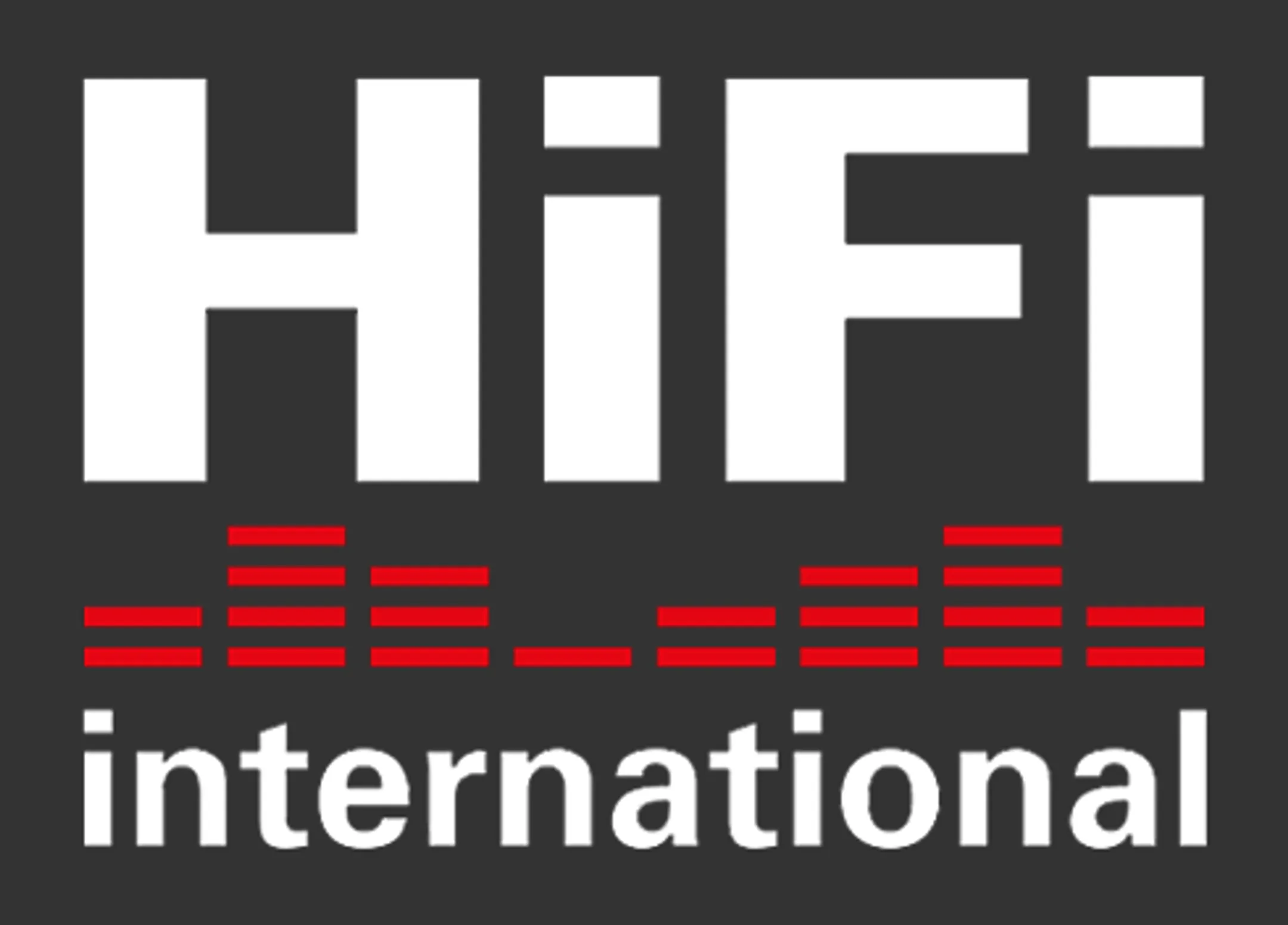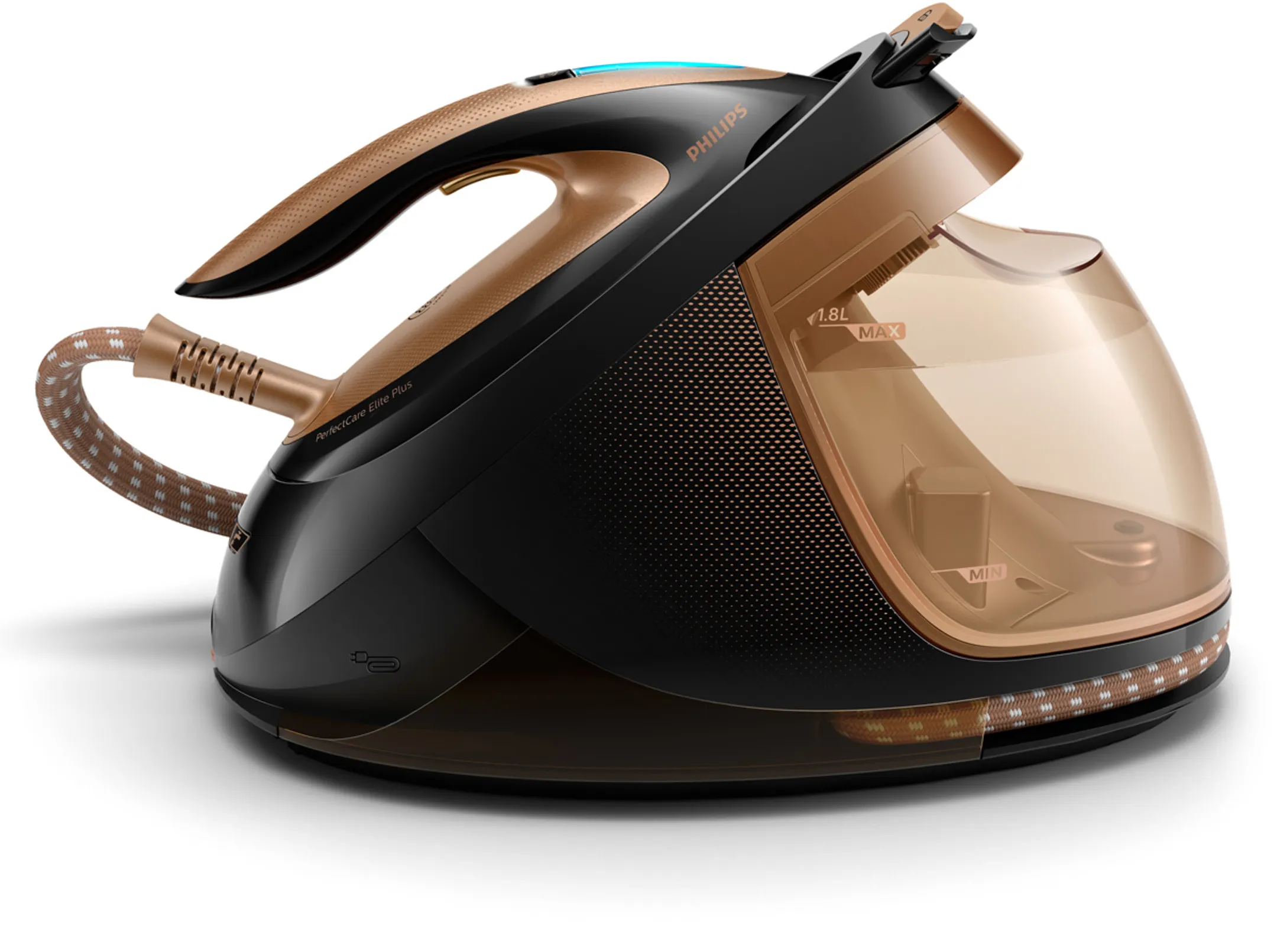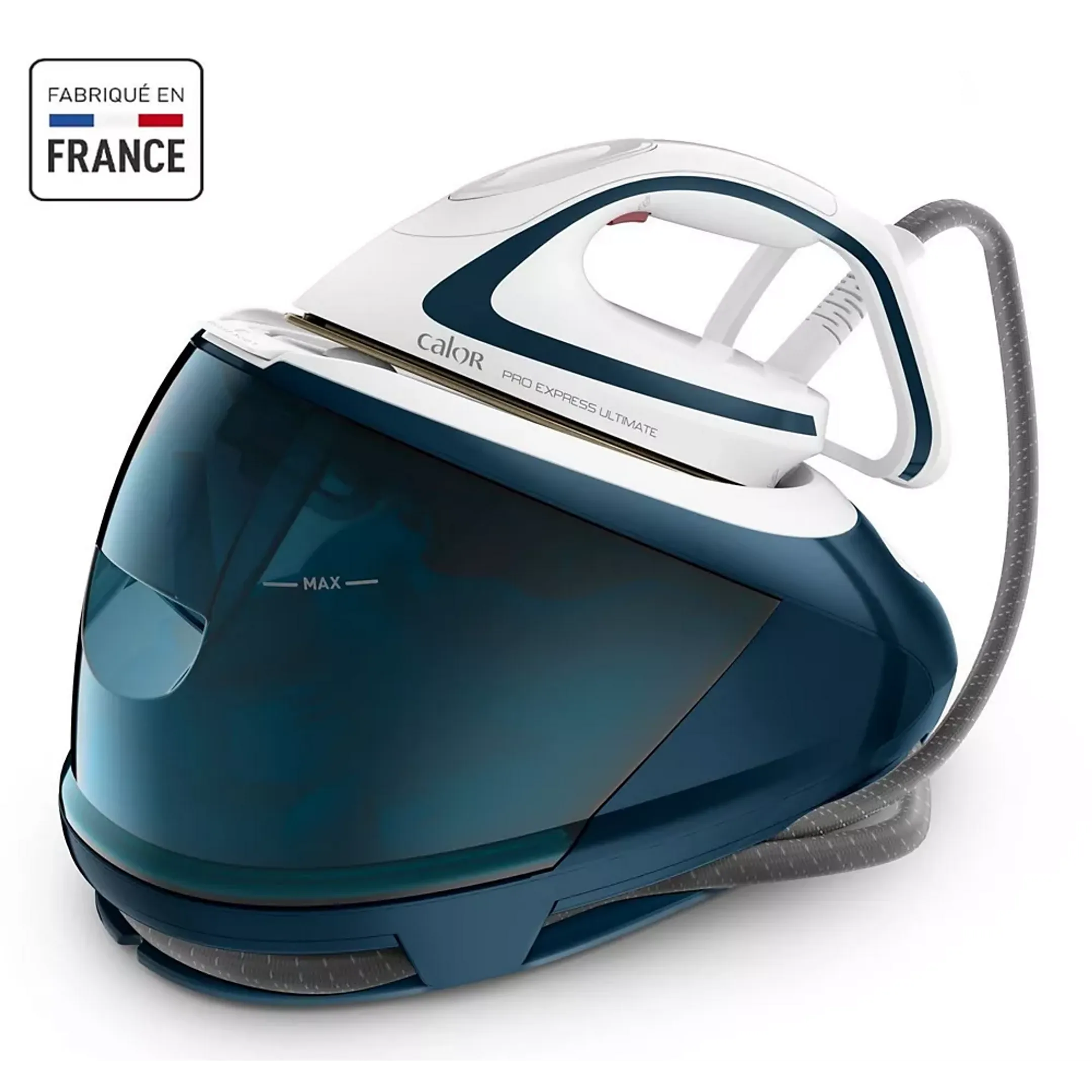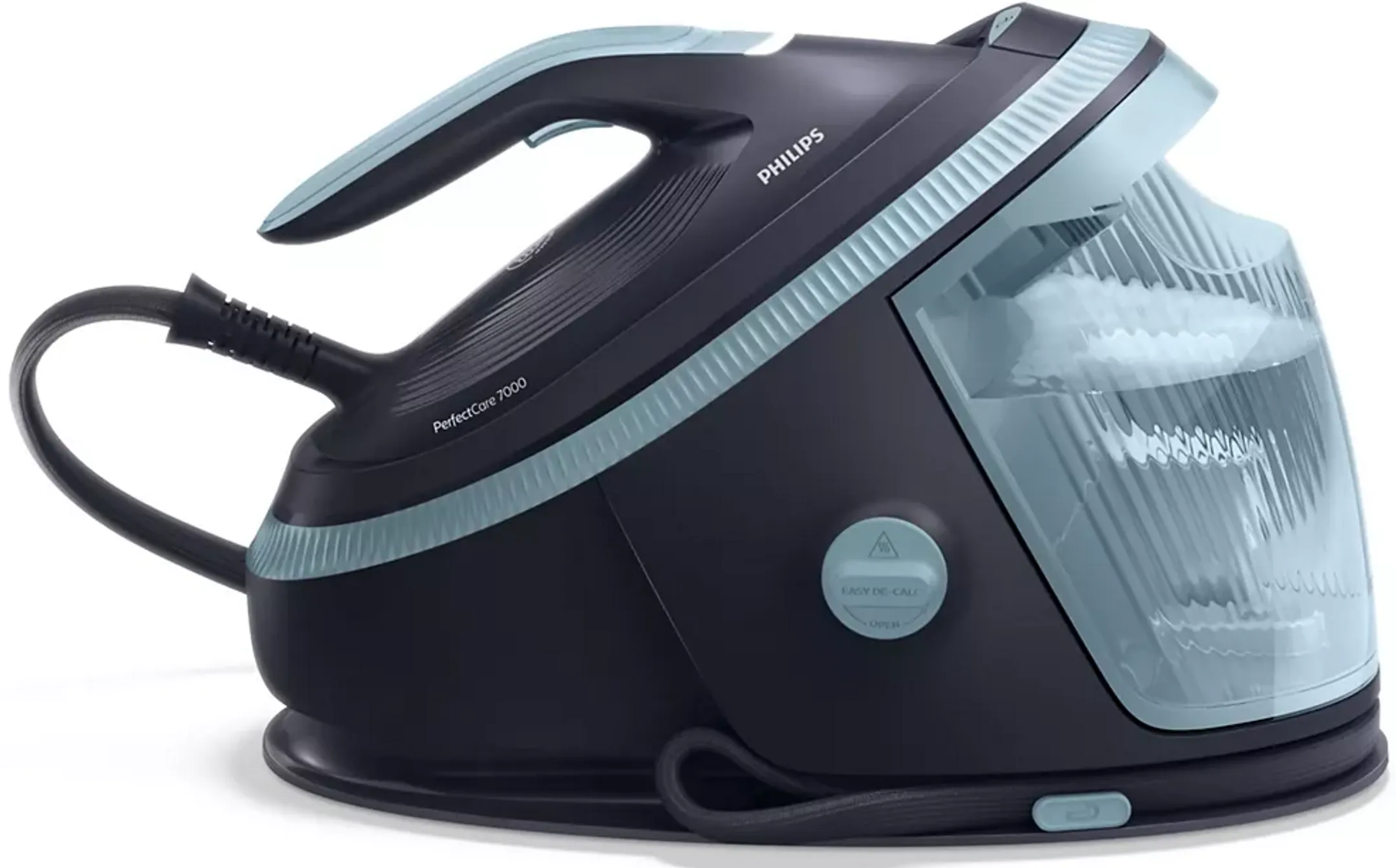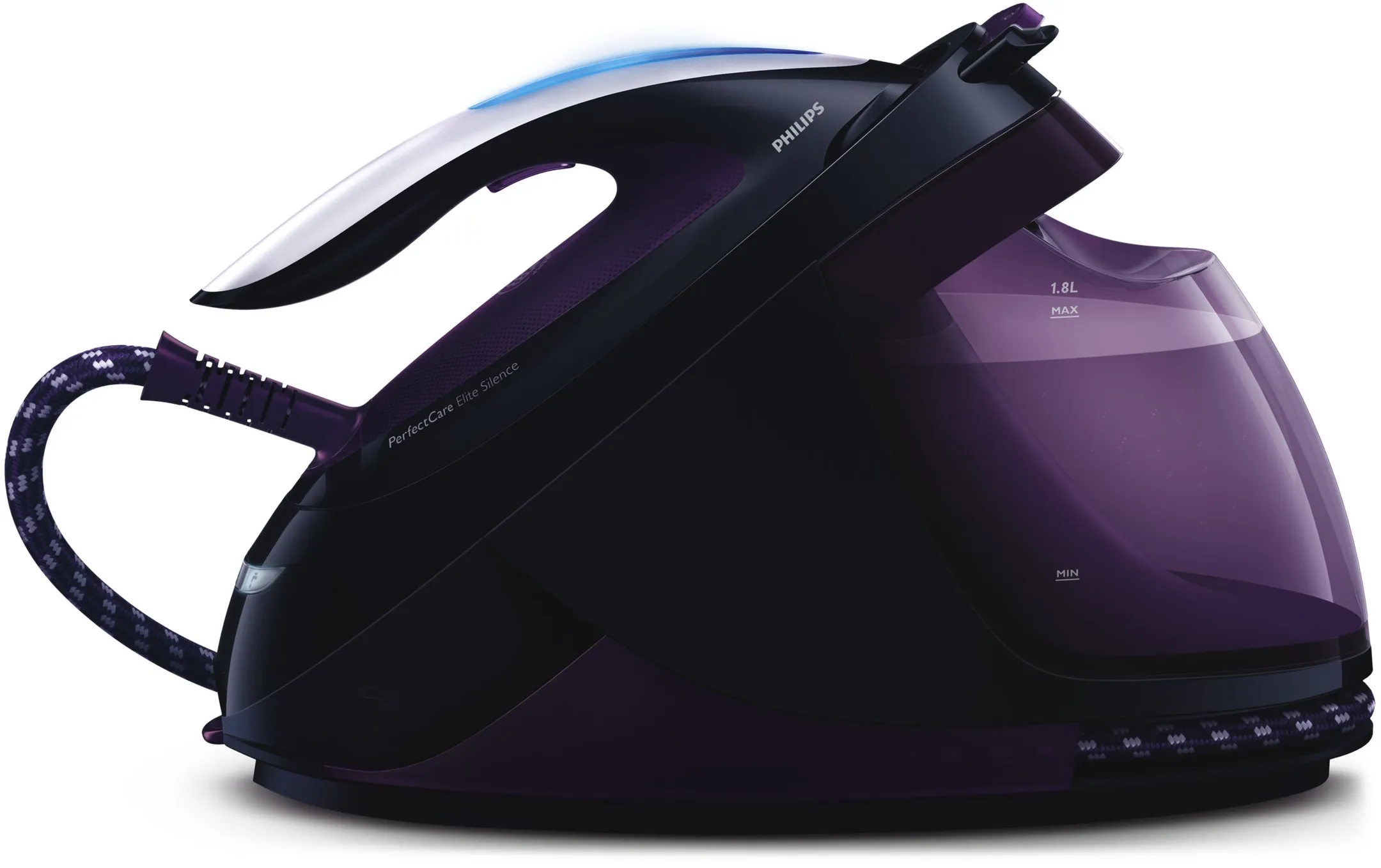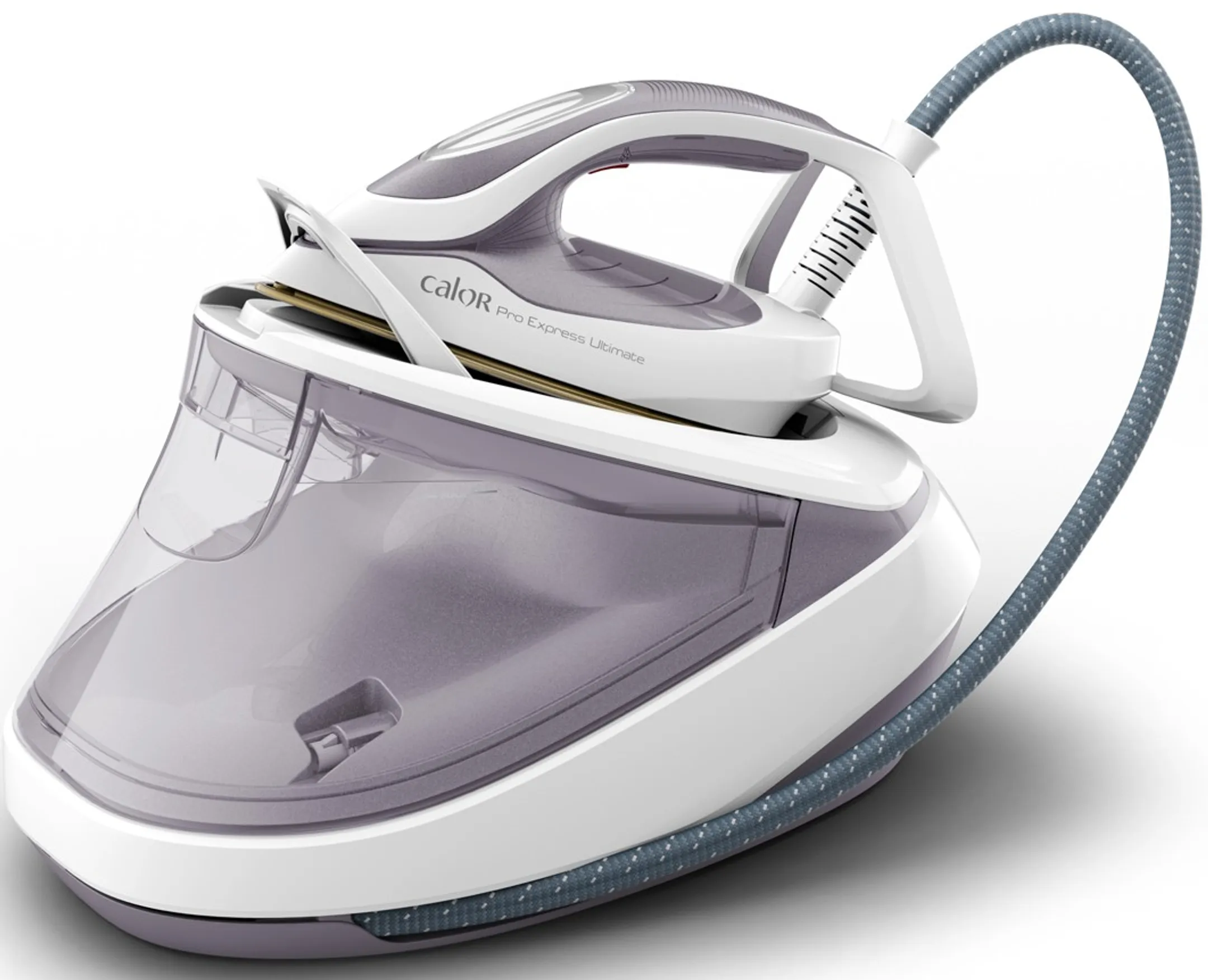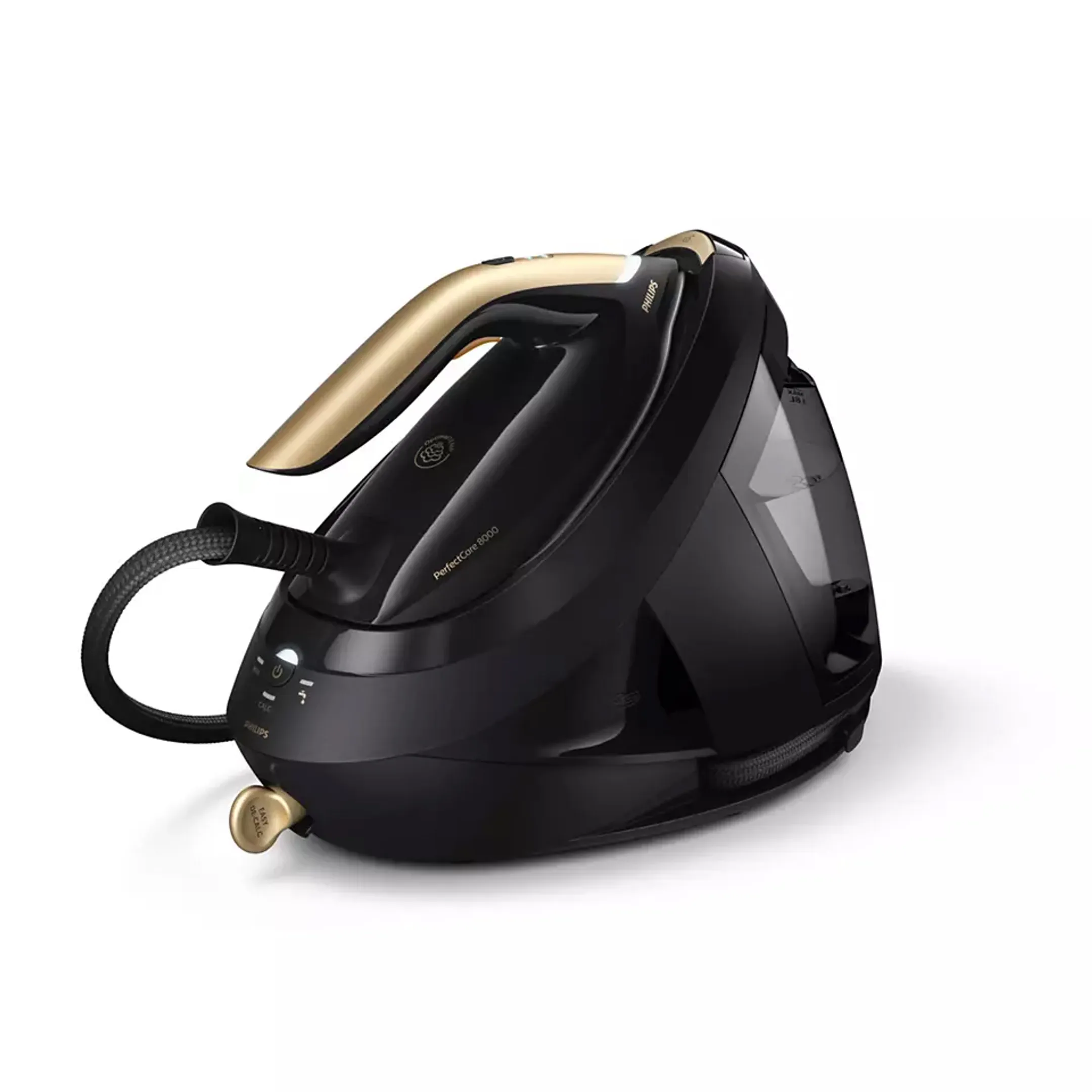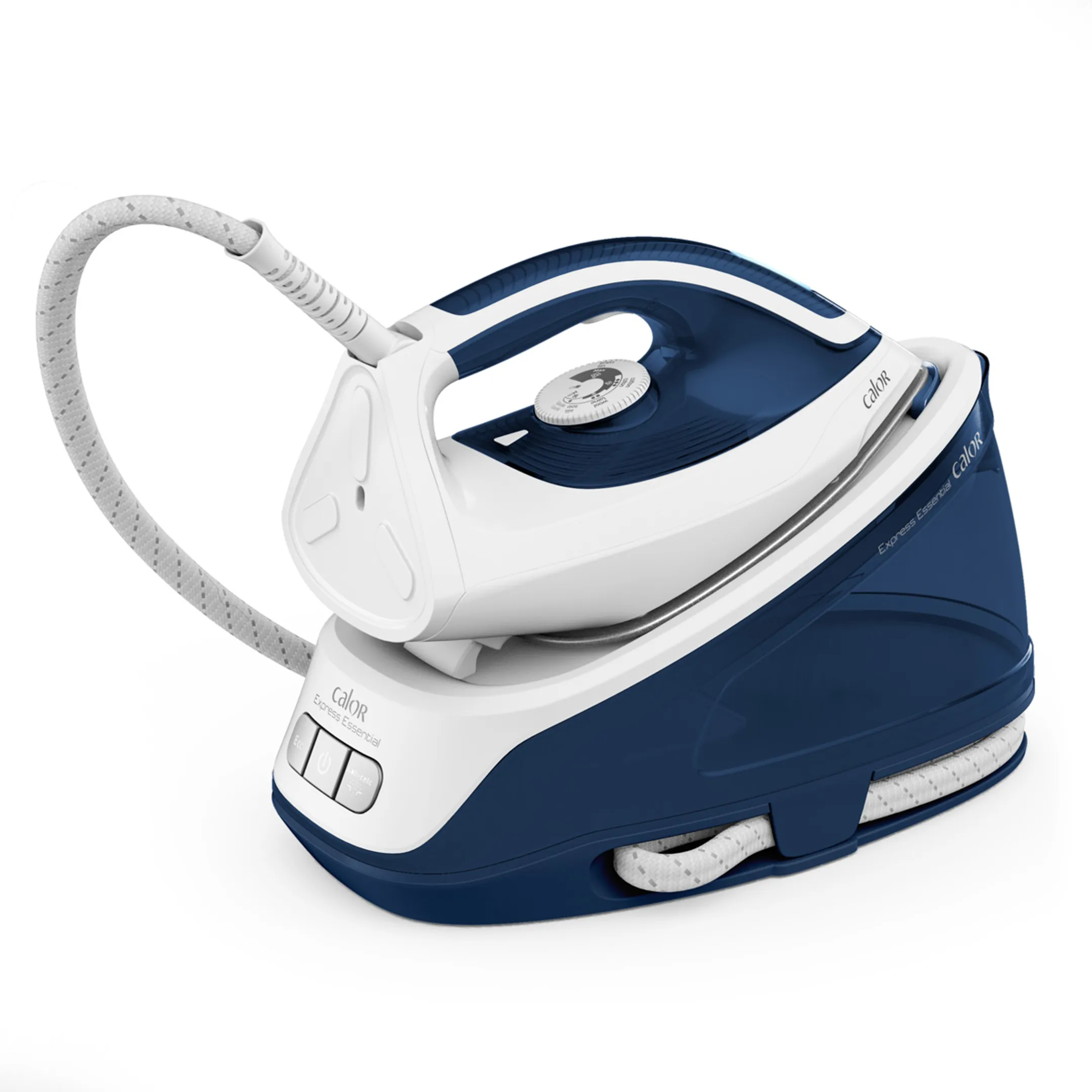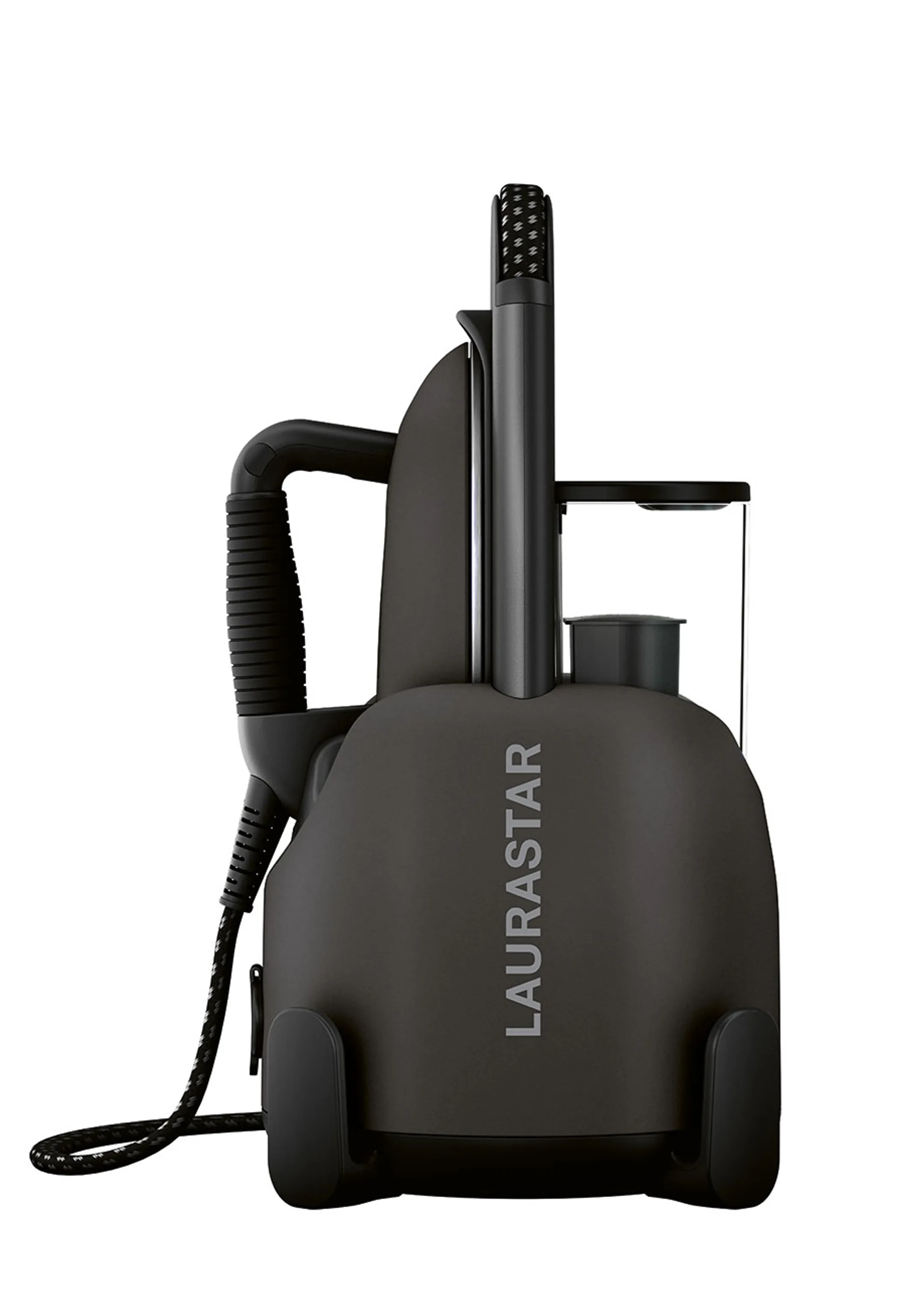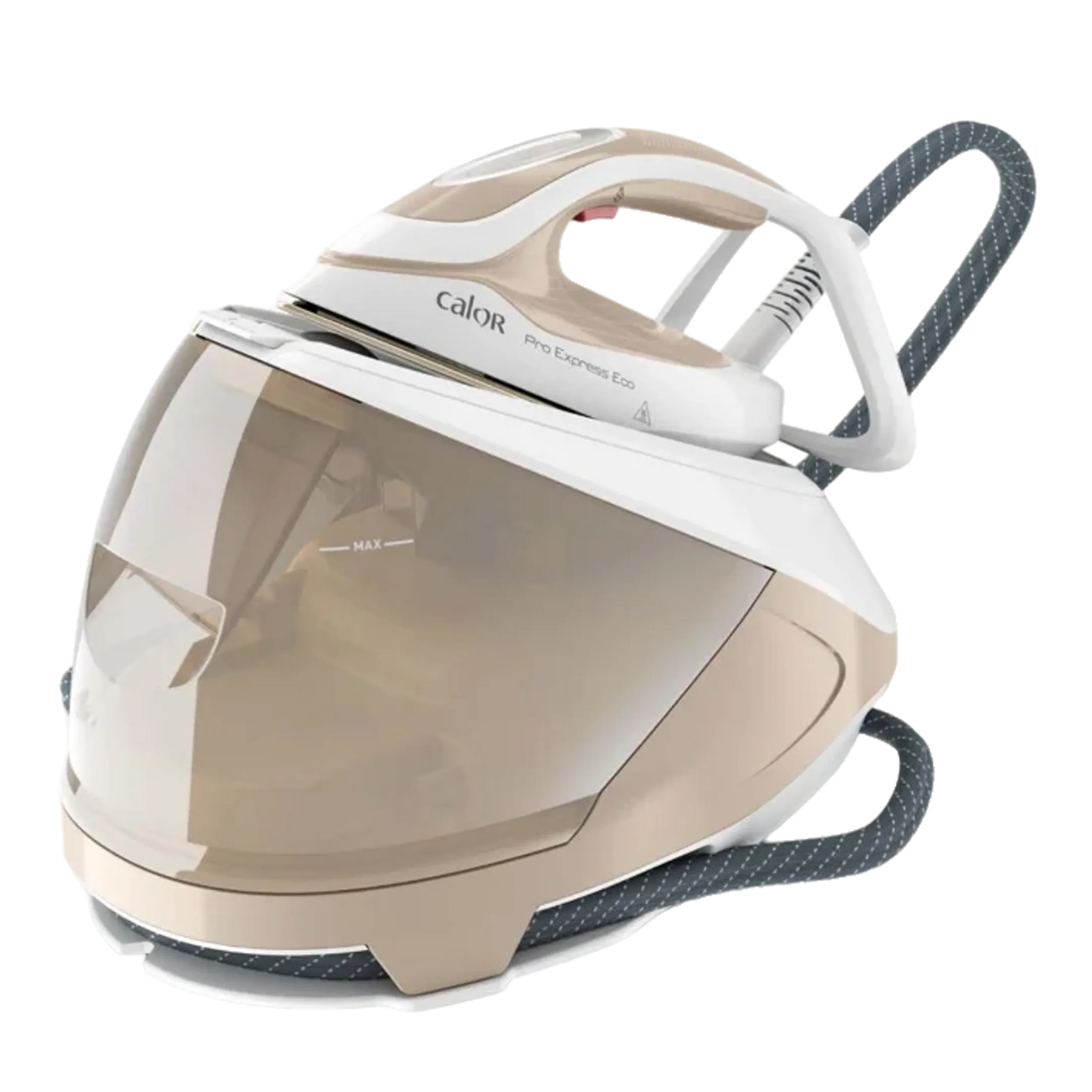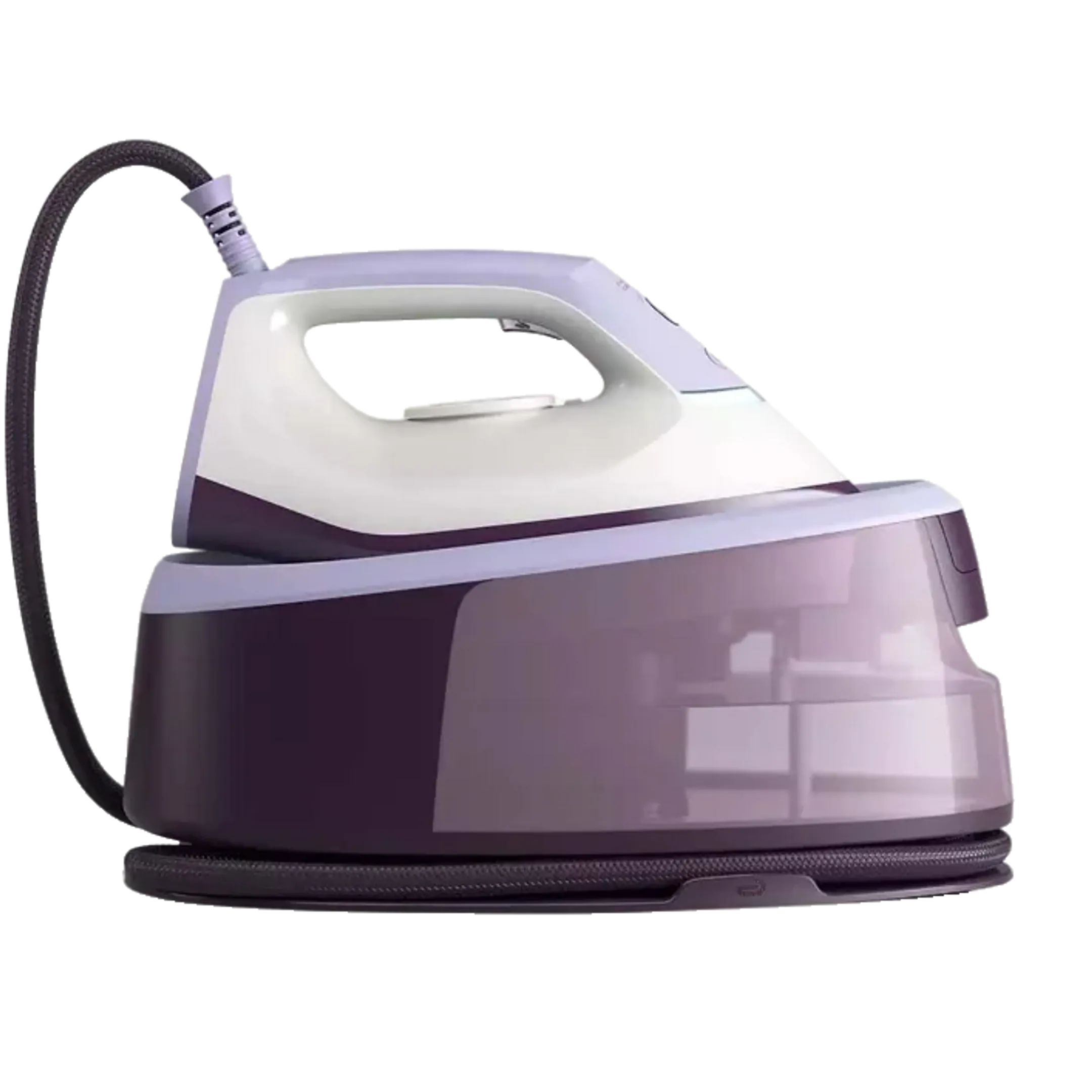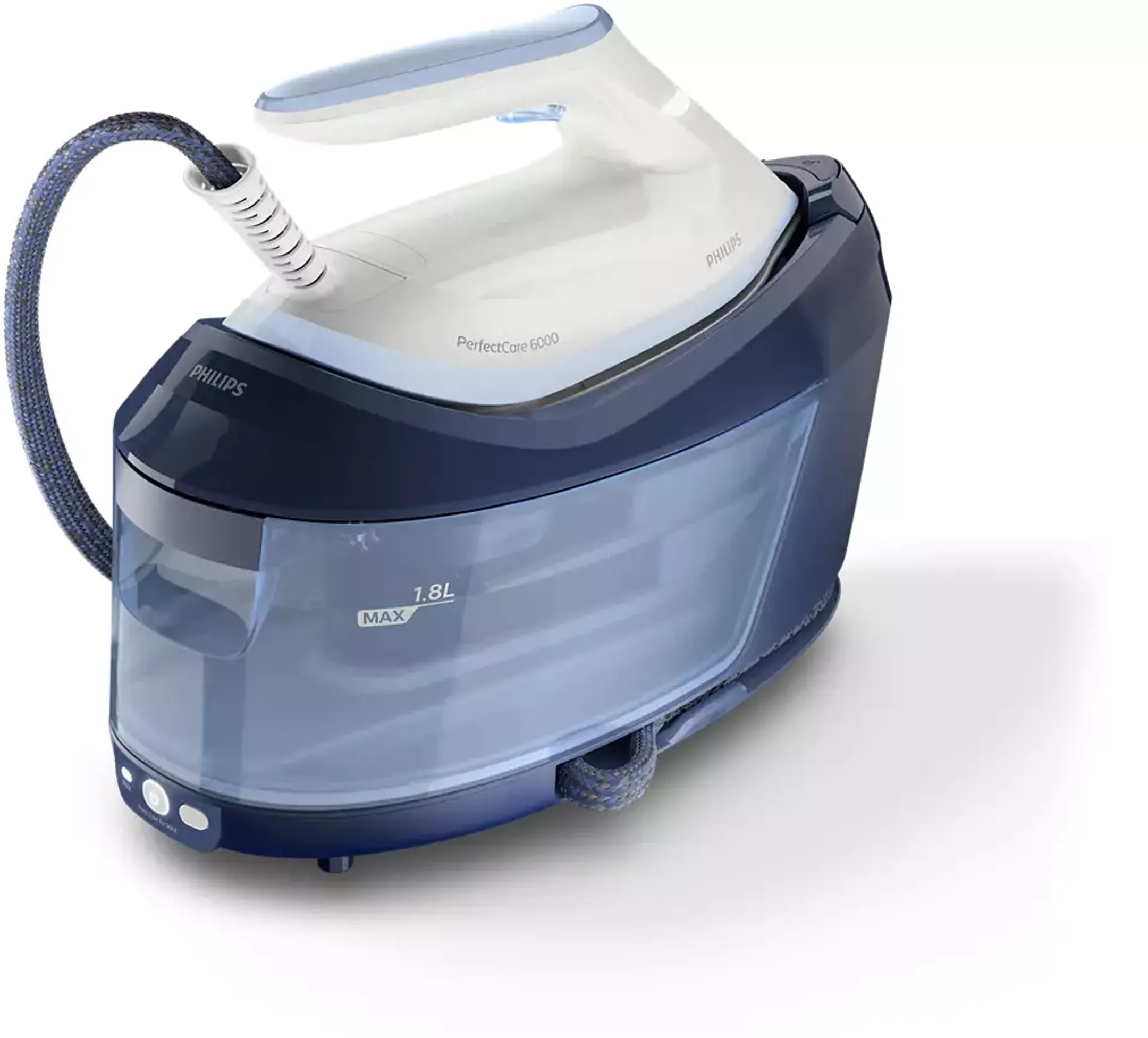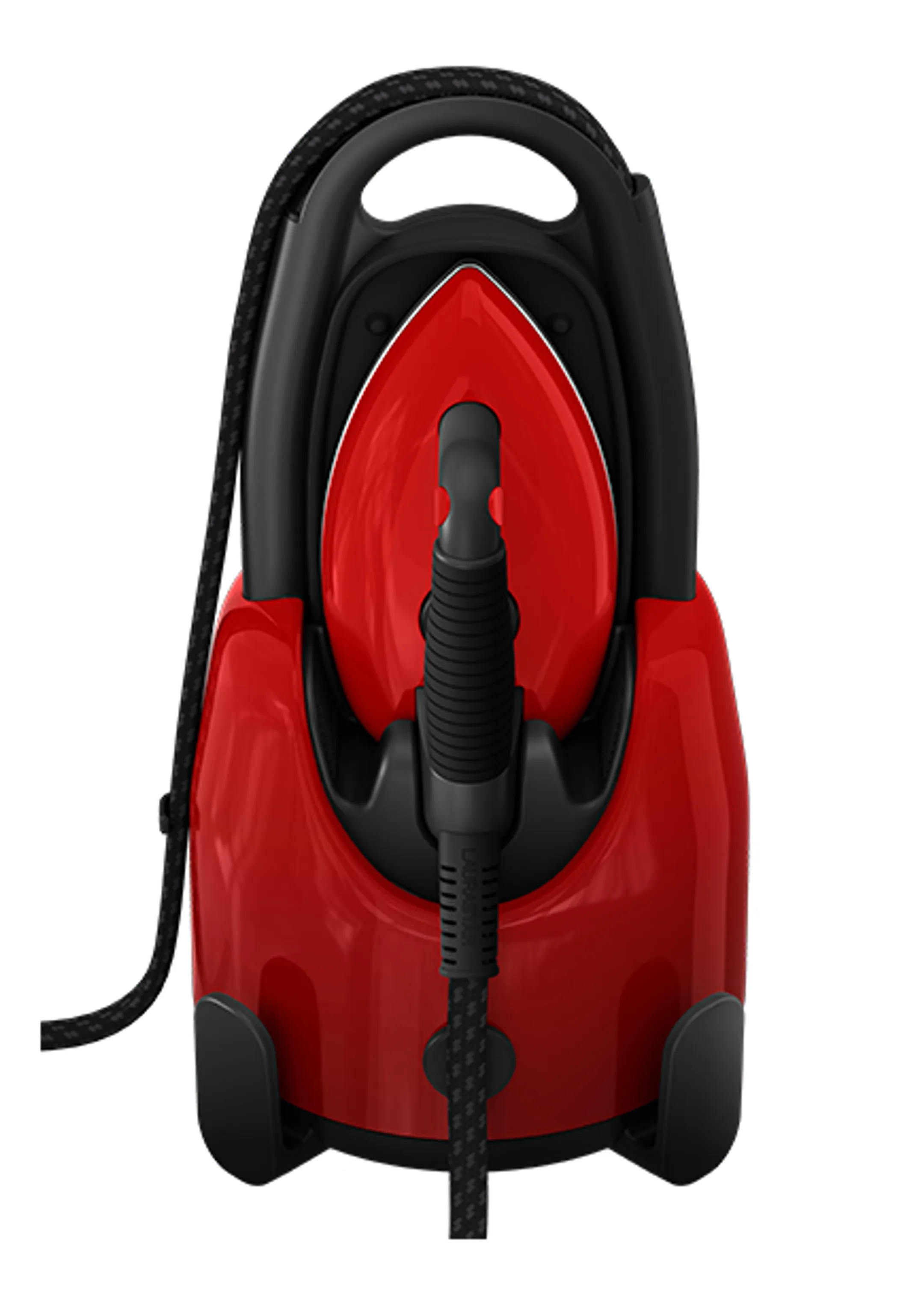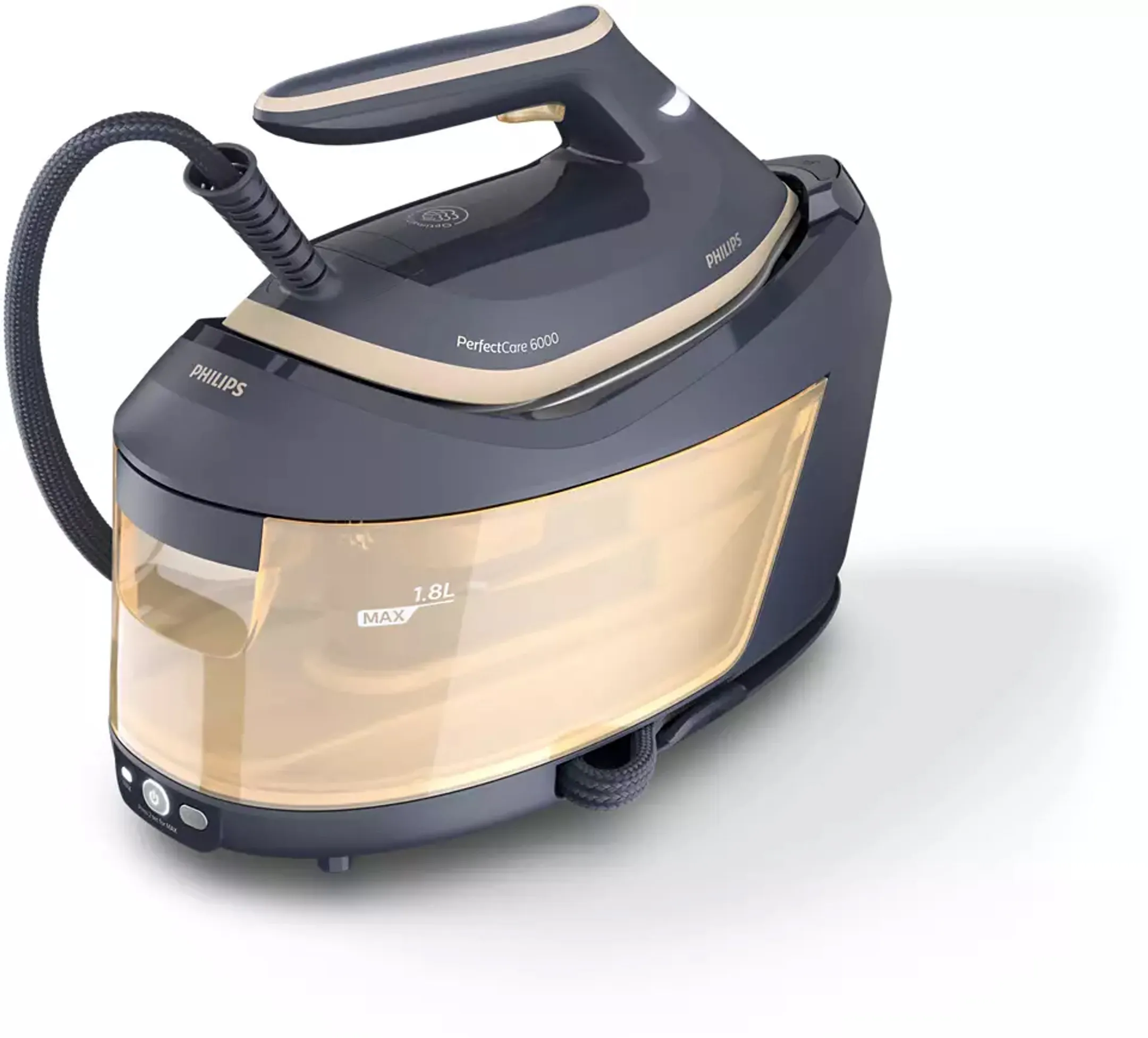
Powerful steam, perfect results!
The choice between a steam iron and a traditional iron goes beyond mere design differences. It is a decision that directly impacts the quality of ironing, as well as the comfort and simplicity of the task. Steam generators have emerged as indispensable partners in the art of ironing, bringing unparalleled steam power and increased efficiency.
In this guide, we will explore not only the technological advantages of steam generators compared to traditional irons but also their ability to make ironing not only flawless but also much easier. Discover how modern technology combines with practicality to transform ironing into a smoother and more enjoyable experience.
How does a steam generator work?
A steam generator is an innovative ironing device designed to simplify and enhance the ironing of clothes. Unlike traditional irons, a steam generator has a separate water tank in a central unit that generates steam continuously. This powerful steam is delivered to the iron through a flexible hose, allowing for quick and efficient ironing.
The advantages of a steam generator lie in its ability to produce a constant high-pressure steam, facilitating the removal of stubborn wrinkles. Moreover, the large water tank capacity reduces the frequency of refills, making the ironing process smoother. With features such as the "pressing" function, which releases a concentrated steam jet to target difficult areas, steam generators provide a comprehensive solution for quick, easy, and professional ironing.
The first modern steam generator was introduced in the 1980s. The German brand Rowenta, specialized in home appliances, launched the first steam generator under the model name "Rowenta DA-55." Since then, steam generators have evolved in terms of design, features, and efficiency, becoming essential tools to simplify domestic ironing.
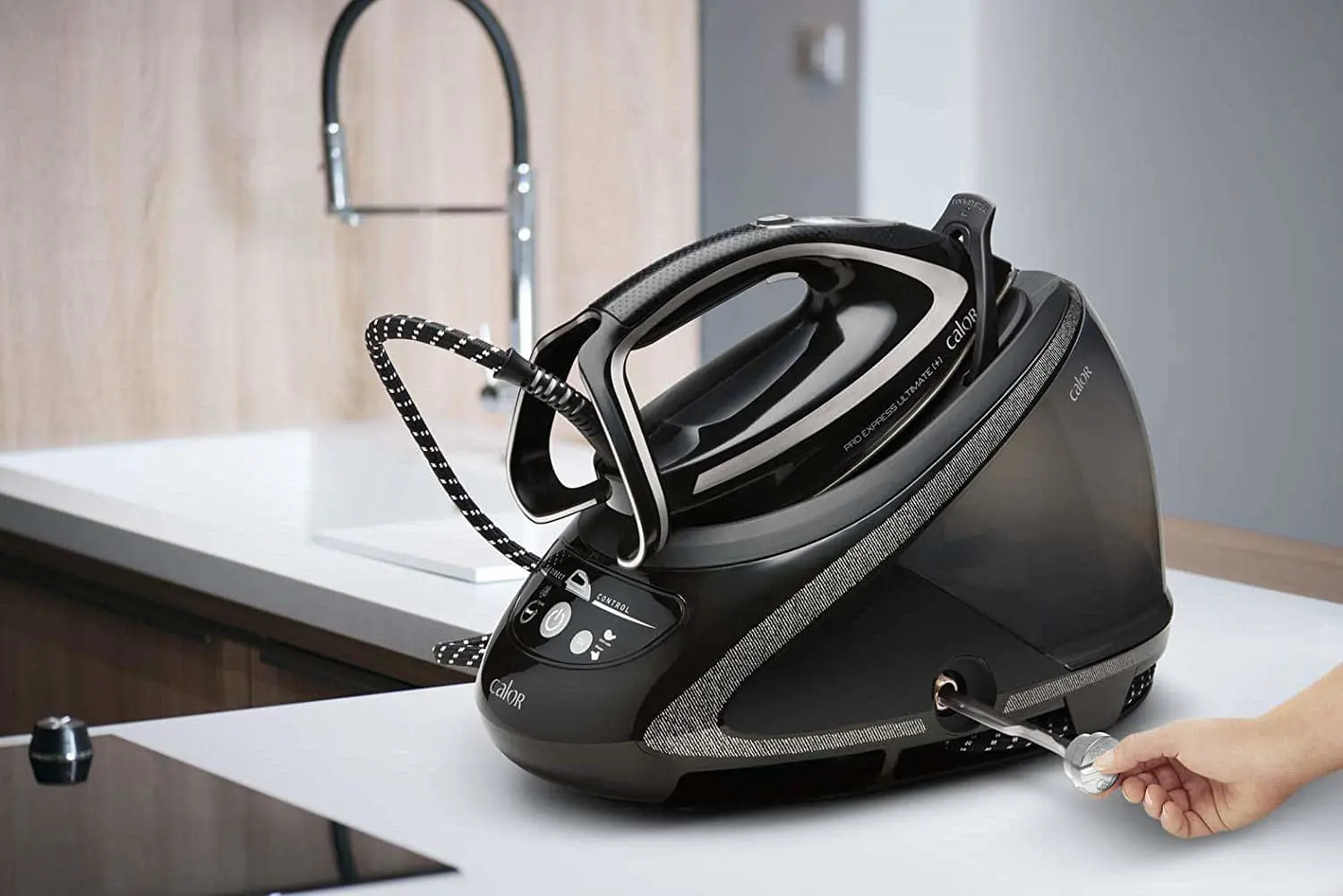
Essential features for choosing a steam iron
1. Steam generator power:
When discussing the power of a steam generator, it involves both its electrical power and heating time. Electrical power, measured in watts, represents the device's ability to generate steam. Higher power often results in a more abundant steam production and increased efficiency in tackling the most stubborn wrinkles.
Heating time is a crucial element, determining the time required for the steam generator to reach its optimal operating temperature. Reduced heating time allows for a quicker start to ironing, thereby improving the overall efficiency of the process. Both aspects combined directly influence the steam generator's performance, delivering fast and high-quality ironing results.
2. Steam flow and pressure:
Steam flow is an indicator of the steam generator's efficiency. A higher steam flow means a more significant steam emission, enabling faster and more efficient ironing. The flow rate typically ranges between 100g/min and 240g/min, while the pressing mode can reach up to 300g/min.
Pressure plays a fundamental role in the steam generator's ability to effectively diffuse steam into fabric fibers, making it easier to eliminate wrinkles and creases. When dealing with thicker textiles like denim, higher pressure becomes essential to ensure effortless ironing, ensuring better steam penetration even through the thickest fabrics and facilitating the smoothing of persistent wrinkles.
3. Water tank and capacity:
The water tank's capacity determines the steam generator's operating duration. If you plan on short ironing sessions, choose a steam generator with a pressurized tank to continuously refill water during ironing. Once filled and sealed, the pressure builds up inside within a few minutes. Of course, the ironing time depends on the tank's capacity.
On the contrary, the tank with unlimited autonomy is more practical and advantageous. Pressure is not generated in the main tank but in an adjacent reservoir. Water is pumped into this reservoir through a small pump, allowing for regular water addition without turning off the device, ensuring unlimited autonomy. Moreover, the fact that pressure does not build up in the main tank allows for a faster heating time, often in just 2 or 3 minutes.
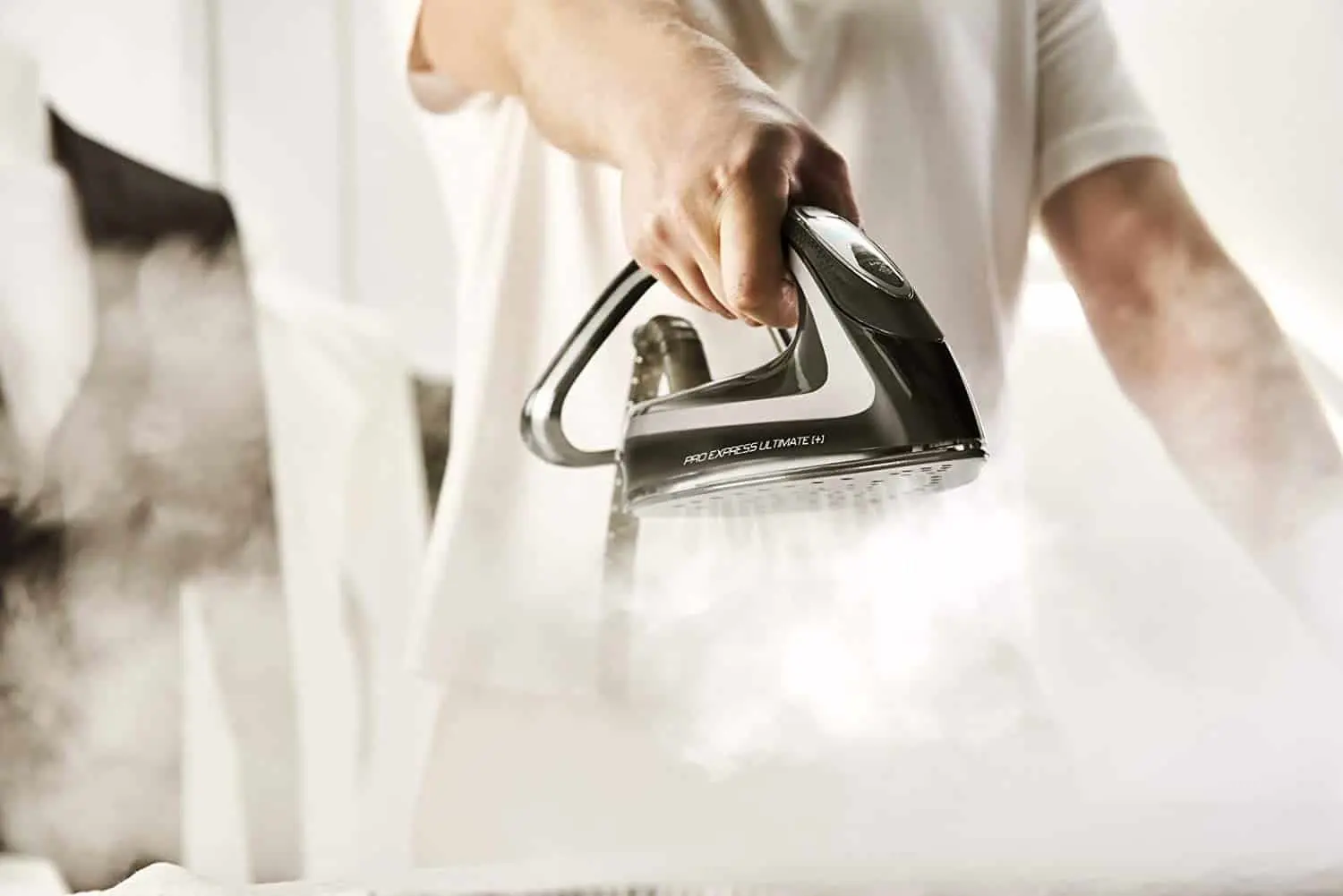
Our steam irons
Updated on December 8, 2025
